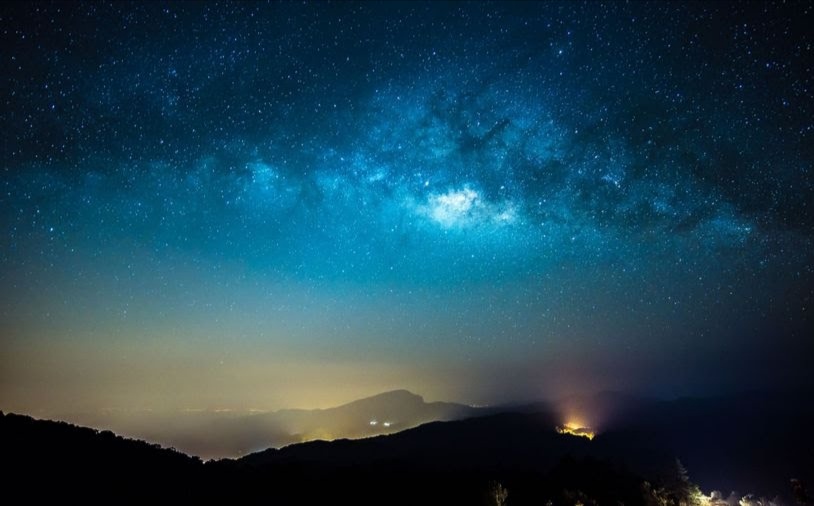Know about the galactic connections that are made by the Milky Way
The Milky Way, in its long lifespan, has made contact with various other galaxies and has merged with them as well. But knowing just how many is still a mystery.
However, a recent analysis recorded from observing dense star clusters orbiting the Milky Way has provided our first ever complete galactic merger. From this data, a previous merger that occured 11 billion years ago and has altered the shape of our galaxy is also recorded. Astronomers have named this galaxy the Kraken.
Golbular Clusters

That’s the name provided for clusters of stars, which are considered to be “fossils” left behind from the early days of our universe. The stars in these clusters are usually 100,000 to 1 million in number. A special feature about globular clusters is that every star in one cluster was formed at the same time, from the same gas cloud, so we are able to study its origins from that.
It’s still difficult, since there are almost 150 globular clusters in the Milky Way, and reconstructing their orbital motion to determine their origins will take a lot of time.
A team of astronomers have developed an artificial neural network to simulate globular clusters that are orbiting various galaxies. The scientists shared that the algorithm has been able to successfully reconstruct simulated galaxies by only using their globular cluster populations.
Their main objective is to run the algorithm on the Milky Way’s collision with the Kraken Galaxy. This collision, which took place over 9 billion years ago, is recorded as the biggest collision event. But the merger with the Kraken is said to have taken place 11 billion years ago, and has caused the Milky Way to look the way it does now.

